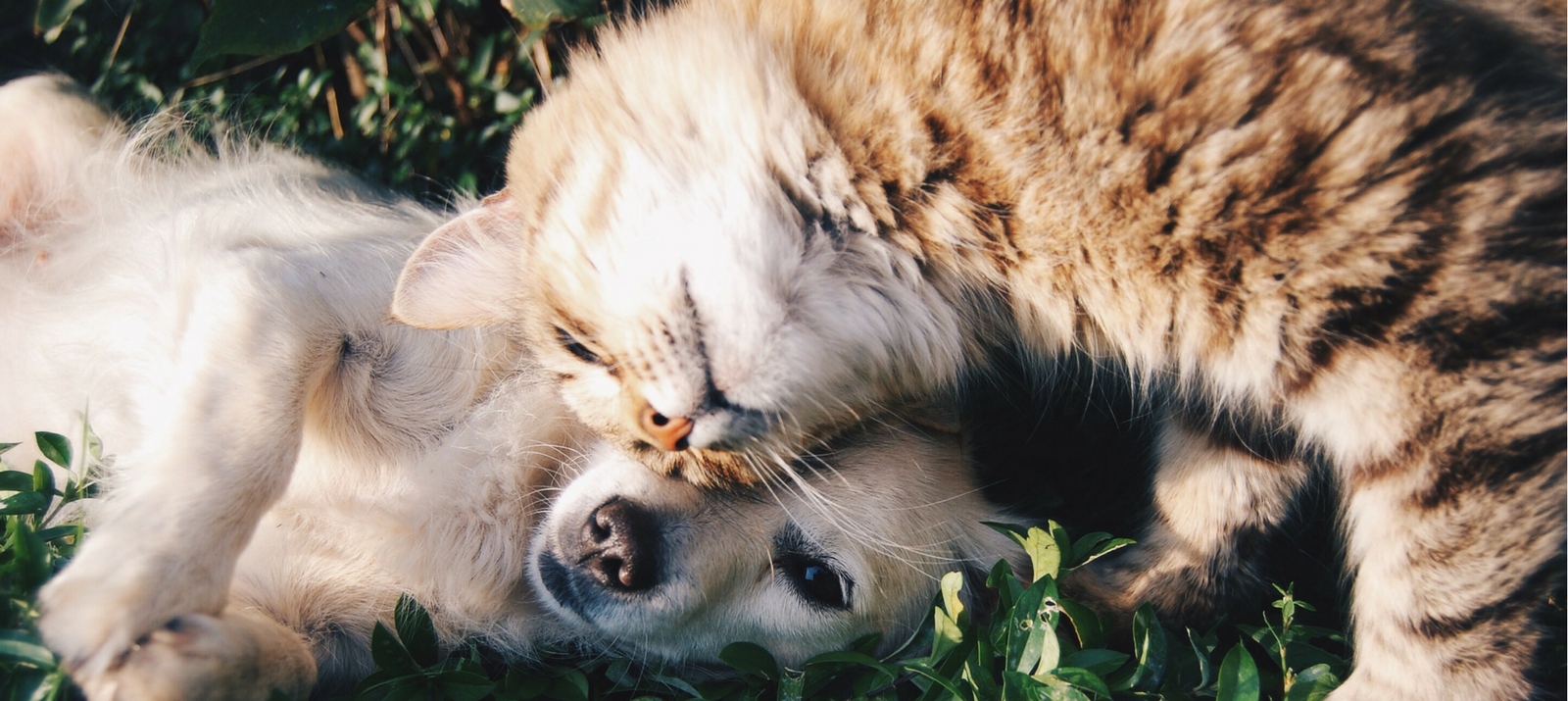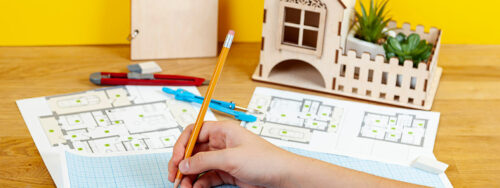After years of casually browsing Petfinder and begging your friends to let you dog-sit, you’re actually doing it: You’re getting a pet.
But your work isn’t done after you’ve completed the adoption papers and cleared things with your landlord. You still have plenty of things to buy, and plenty of cords to coil, before your new bundle of fur can safely walk through the front door.
This guide will help you make your home cat and dog-friendly. If you still have questions after you’ve read it, call your vet for his/her expert advice.
Until those questions come up, here’s how to cat-proof and dog-proof your home:
1. Get a good collar with tags
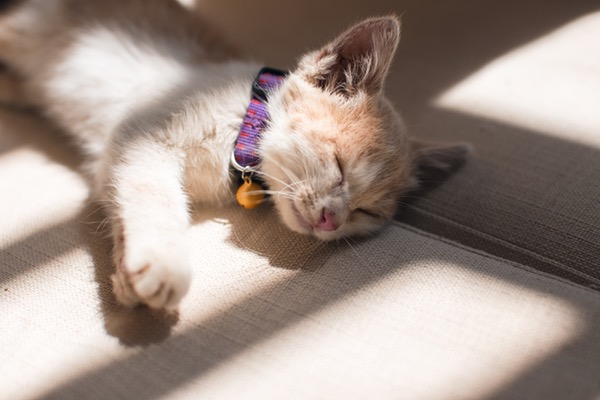
Both cats and dogs like to run away, so it’s important for you to have a collar with ID tags waiting for your new pet on day one. Now, you may be thinking, “Okay, sure, a dog needs that, but my cat won’t wear a collar with a tag.”
Not true!
According to a study by the Department of Veterinary Preventive Medicine at Ohio State University, three out of four cats will wear a collar, even if their owner doesn’t expect they will.
Considering this, plus the fact that less than 2% of lost cats are returned to their homes, getting your kitten a collar with tags is a no-brainer.
All the major pet supply chains stock customizable tags. They come in heart, bone, circle, and other simple shapes.
After you provide your cat or dog’s name and your contact information to a store employee (or to a tag engraving machine at a chain like PetSmart), the employee will make sure it gets etched onto whatever tag you choose.
Pair it with a breakaway collar (i.e. the ones with a safety buckle) and you’re all set.
2. Then buy a leash and harness for your dog
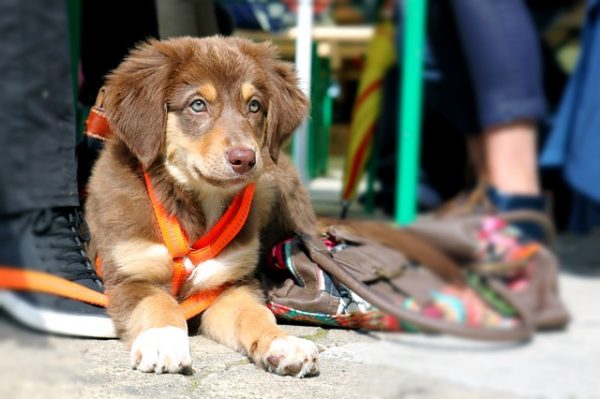
This rule obviously doesn’t apply to cats. No matter what your crazy neighbor who keeps her tabbies on a leash says, kittens do not need this kind of equipment. But dogs definitely do.
Leashes are mostly a matter of preference. There are materials (e.g., nylon and leather) and style (e.g., straight and retractable) to consider, but don’t fret too much about your choices.
If you have a big dog, consider a heavier leash. Here are some picks from the American Kennel Club, if you’d still like some guidance.
Harnesses are another story. There are three major styles:
- Front-clip
- Back-clip
- No-pull
Think about your pet’s personality when you’re weighing each option. For instance, the no-pull is for rambunctious dogs who like to go rogue on walks. It’s probably not the best fit for a calmer pup, who would do well with a back-clip.
You also need to keep your dog’s size in mind when it comes to harnesses. If the one you pick doesn’t fit, your dog might feel uncomfortable or even experience pain. Trainer Mikkel Becher gives some pointers on selecting the right harness in this video from Vetstreet:
3. Find a local vet
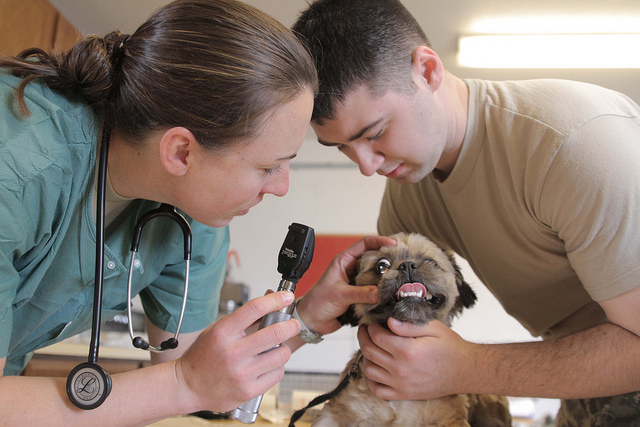
Your pet may not need a vet immediately, especially if he/she is up to date on shots. But you should have a vet lined up because you’re quickly going to have questions that only a medical professional can answer.
Your first stop should be the AAHA-Accredited Hospital Locator. The AAHA is the American Animal Hospital Association, and it only accredits clinics that pass their evaluations based on about 900 standards. Plug your address into their hospital locator’s search bar and see what comes up.
Once you have your list of accredited clinics, Prevention recommends you investigate all prospective vets. Ask yourself these two questions:
- Did the vets complete multiple internships or residencies?
- Are the vets certified by the American Board of Veterinary Practitioners (ABVP)?
The vets with the strongest educational backgrounds and experience will be your best bet. You can schedule multiple appointments and make your decision based on which vet you and your pet like best.
You can also consult your friends who live in the area. They’ve likely already been through this process and can tell you which vet on your shortlist is tops.
4. Figure out what food your new pal needs
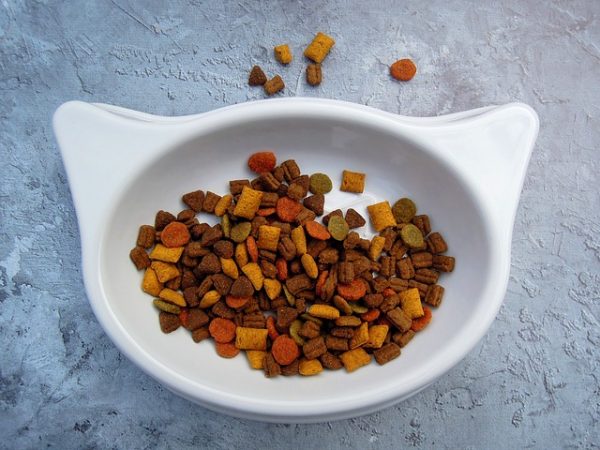
There are tons of pet foods on the market, but only some will be right for your new dog or cat.
First, check the pet food labels to see if it has all the nutrients your cat or dog needs. Puppies and kittens have different nutritional requirements than adult dogs and cats, so be sure not to buy young animals food that’s formulated for grown-ups.
Next, be mindful of your furry friend’s allergies. The tricky part is you might not know what those are yet. Unless the people who were caring for your pet before you entered the picture identified them, you’ll have to figure this out for yourself.
Carefully watch your dog or cat’s reaction when you introduce it to a new food. If your pet gets sick afterward, it may be allergic to an ingredient in the kibble or Fancy Feast you bought.
Of course, that’s just a maybe. Animals get sick for all sorts of reasons. Consult your vet if you’re unsure about a possible allergy.
While we’re on the subject of food, remember to buy food and water dishes before your pet arrives. Also, stock up on treats you can use for training.
5. Pick out a crate for your dog
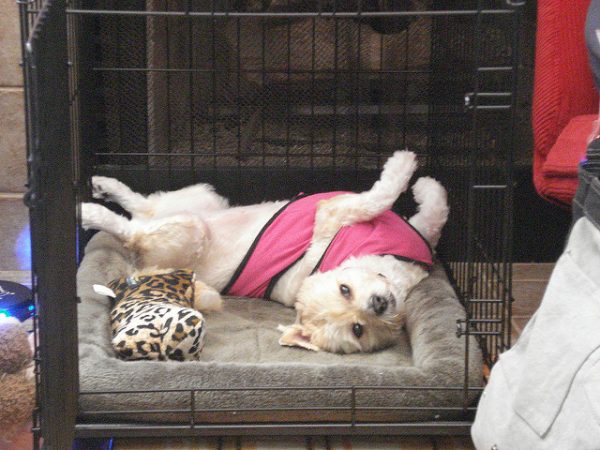
Crates are necessary for housebreaking your pup.
Why?
As The Humane Society explains, dogs don’t like to soil their own dens. Using a crate will teach them that your home is a number two-free zone.
Remember that puppies get bigger, so shop for an expandable crate that grows with your dog.
6. Pick out a litter box for your cat
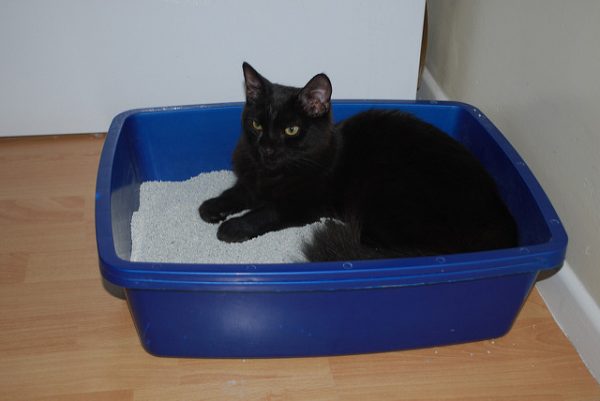
Cats, on the other hand, need litter boxes to do their business. Once you have the box, choose a designated spot for it in your home.
A corner or otherwise secluded place is a good call because cats, like humans, value their privacy. Also, have a big bag of kitty litter on deck.
7. Don’t forget toys
Your pets need to have a little fun, too. Toys will keep them entertained while you’re away— and also distract them from trashing the place.
Look for good chew toys for dogs. Bones, ropes, and hard rubber toys will help with teething and give them something to gnaw on besides your shoes.
As for cats, make sure they have scratch posts to shred instead of your carpets.
And when your best furry friend is done with a toy, be sure to store it in any of these 10 pawdorable dog toy storage ideas that will make your pup smile.
8. Put medicine, cosmetics, and chemicals far out of reach
Like little kids who are obsessed with electric outlets, animals enjoy messing with things that could really hurt them. They don’t know that Drano and nail polish are bad for them. It’s up to you to keep all medicine, makeup, green cleaning supplies, and other chemicals out of their grasp.
Do this room by room. Locate the dishwasher detergent in your kitchen, the tub cleaner in your bathroom, the creams on your beside table, and the disinfectants in your closet for example. Then relocate them to a spot where your pet definitely can’t get them.
9. Child-proof your cabinet doors
Even if you already moved your Clorox to a high shelf, child-proof your cabinets as an added precaution. These latches will keep your dog or cat from shredding the paper towels you left inside, or breaking your favorite coffee mug.
10. Cover your trash cans and air vents
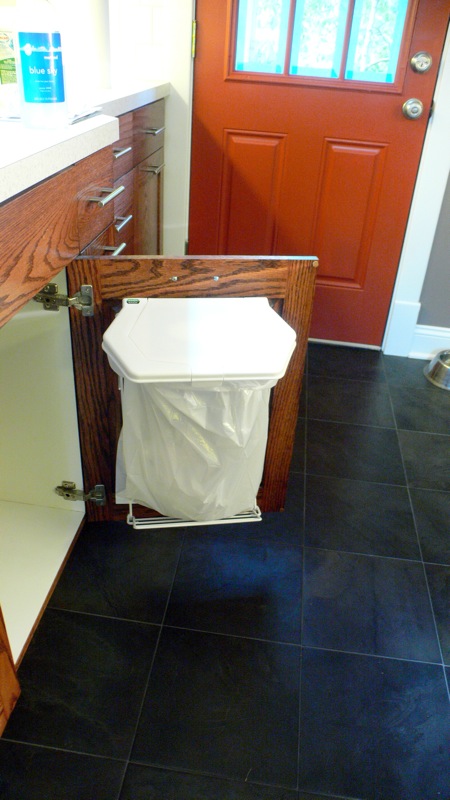
Leaving your trash uncovered is basically asking Fido to gorge himself on rinds and coffee grounds until he’s sick. That leaves behind spilled garbage and puke for you to clean up. And who wants to spend their evening doing that?
Make sure the lid on your trash can is securely fastened. If the Fido in question is a big dog who could easily knock over that can, you might want to move the trash can inside one of those cabinets you just latched.
While you’re covering up things, check all the grilles on your air vents. Those need to be properly secured so curious kittens don’t pry them loose and get trapped in the vent.
11. Close your toilet lid and dryer door
Sure, everyone laughed when the pups drank from the toilet in The Secret Life of Pets (and every other dog movie). But pets can get sick from lapping up the chemicals in your toilet — and the little ones could even fall in. So keep the lid closed, especially while your pet is still getting used to your home.
Another thing you should shut? The dryer door.
Many cats (understandably) see a warm dryer as an ideal sleeping spot. You probably shouldn’t let them wander off into the laundry area at all. But just in case they do, keep the washer and dryer doors closed 24/7.
12. Mind your wires
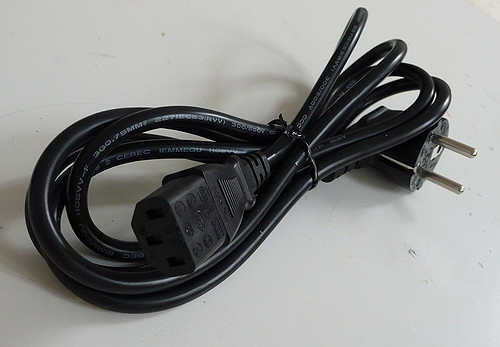
Dumping phone chargers on your coffee table is a recipe for disaster. They look like toys to your pets, and the pets won’t know better until they bite them.
Don’t leave any loose wires or cords out for curious cats and dogs to chew. And tape any wires or cords that need to stay put (like the plug for the TV) to the baseboards.
Also, any sort of string or thread is catnip for, well, cats. Pack up crafting supplies so your kitten can’t get into your sewing projects, and coil or clip your blind cords.
13. Hide your food and any other small objects your pet might choke on
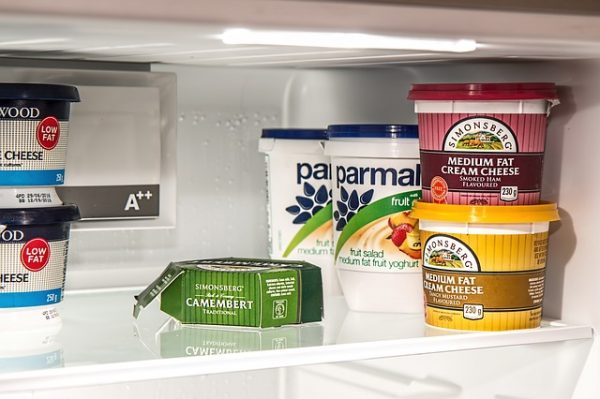
Hopefully, you already thought to hide your chocolate and other foods that are obviously toxic to animals. Do your best to limit your pet’s access to all of your food. Even if it’s harmless, do you really want Whiskers eating all your snacks?
Don’t set food out on counters your pet can reach. Put everything in the fridge or freezer, or in one of those newly child-proof cabinets.
While you’re at it, scan your home for small items that could prove a choking hazard. Any knick-knacks on low shelves or tables have to find a new home. Preferably far away from your pet’s mouth.
14. Install gates, if you need them
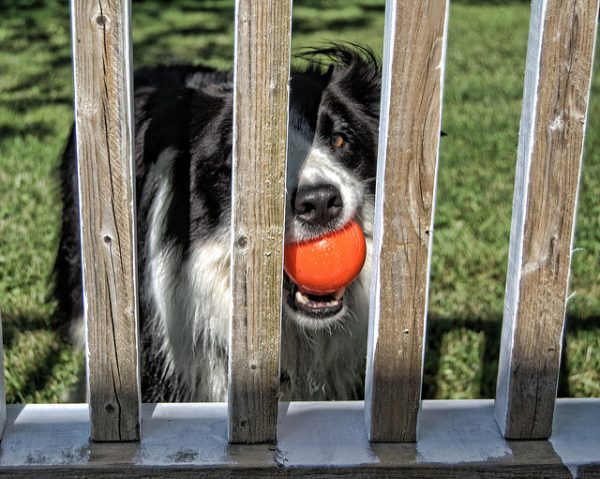
Even with all that hiding, covering, and child-proofing, there might be some areas you just don’t want your new pet in. Or maybe your pet isn’t quite ready to explore upstairs yet. Either way, we recommend putting up some gates to protect your pet.
Gates are key to laying the ground rules for new pets. It keeps them out of trouble while they’re still learning what’s allowed and what isn’t, and it’ll make you a lot less nervous. It may also be a long-term solution if you want to keep certain rooms pet-free at all times.
Buy gates that are tall enough to fence your pet in, and be sure to read the installation instructions carefully. Crafty cats and dogs can find a way around loose locks.
15. Block small spaces
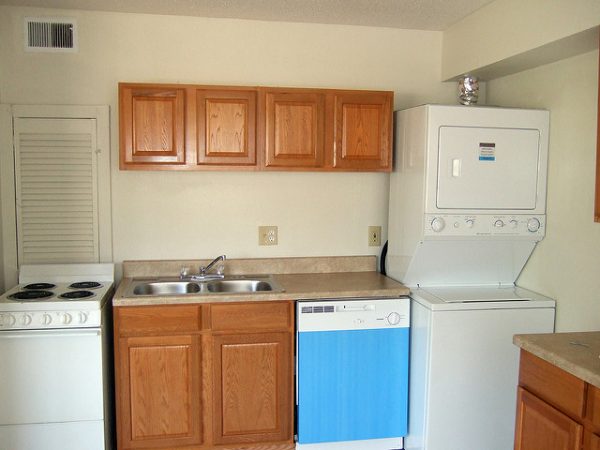
Now it’s time to think about the tiny nooks and crannies in your apartment that you normally never think about. That means the space between the oven and your wall. Or basically any spot you can’t reach with your vacuum.
Small animals can reach those spots, and get stuck. Block small spaces now to avoid a rescue mission down the line.
16. Make sure your plants aren’t poisonous
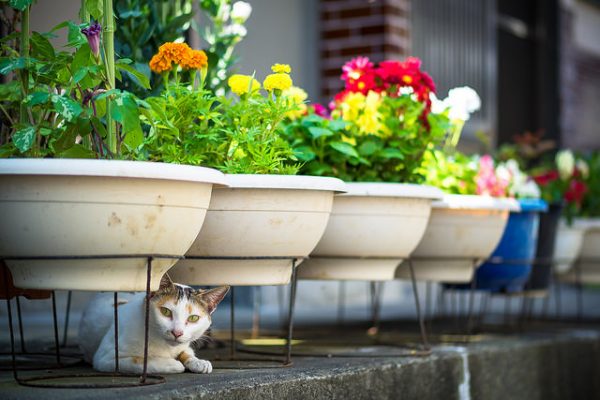
Common houseplants, flowers, and herbs that seem harmless can be toxic for your new roommate. The no-no list for cats includes:
- Sage
- Lace fern
- Daisies
- Lavender
Meanwhile, poisonous plants for dogs include:
- Hydrangeas
- Irises
- Thyme
- Aloe
Several of these are bad for both animals. For a more complete list of plants toxic to your pet, check out the lists the ASPCA compiled for cats and dogs.
Thinking about planting a garden outside?
Check out Rascal and Rocco’s guide on how to create a cat-friendly garden, patio, or outdoor space.
17. Clear the path for bones and bowls with Clutter
Even the tiniest toy poodle is going to take up some space in your place. Between your pet’s toys, bed, and hourly lap around the entire apartment, the little guy needs some room.
The only problem is you don’t have it. You’re ready to rescue a furry friend, but your apartment isn’t quite as ready. It’s a bit cramped, and you have no idea how you’re going to fit a puppy in between all your furniture, shoes, and clothes.
Don’t give up on Buster. Use Clutter.
Simply schedule a storage pickup and we’ll come to get that coat rack taking up valuable crate space. Then, we’ll transport it to our secure temperature-controlled storage facility. We’ll even create an online photo catalog of your stuff so you always remember what you have in storage.
But here’s what will really get your tail wagging:
When you want something back, you won’t have to spend hours sorting through boxes in a self-storage unit two hours away. Simply log into your MakeSpace account, select the item’s photo, and we’ll deliver it to you.
Your dog’s 3 AM barks might give you a headache, but with Clutter, storage never will.


